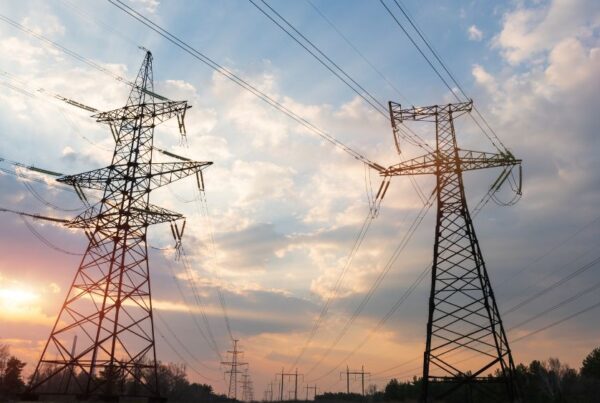
We are pleased to share our scenarios report H1 2021 from our GB distributed and flexible energy service. This report is now available to download on our EOS platform.
Our scenarios have been updated for the H1 2021 report to provide asset-specific high and low case gross margins. We have replaced the previous Smart Power, High Interconnector and Low Gas Price scenarios with four new scenarios examining the dynamics around what could lead to higher or lower returns for battery storage and gas recips.
There are also two Net Zero scenarios to show the impact of meeting the UK’s decarbonisation goals. Additionally, for this update, we have extended the investment case forecasts to 2050 for all the scenarios.
-
- In the Net Zero Mixed scenario, decarbonisation is achieved through a combination of increasing carbon prices and greater nuclear, solar, wind, hydrogen and gas CCS capacities. Both battery and gas recips see a reduction in average annual gross margins by -9% and -11%, respectively, compared to Central from 2025-2035, due to a reduction in top percentile wholesale prices and average daily spreads.
-
- In the Net Zero High RES scenario, decarbonisation is achieved through significant increases in renewable capacities without additional nuclear or gas CCS capacities. This scenario sees wind capacity almost double compared to Central – to 118 GW in 2050. Daily price spreads are 1% higher than our Central case on average from 2025-2035, and battery annual gross margins rise by 13% in the short term. Top wholesale prices drop by -10%, but average annual gas recip margins increase by 4% as capacity market prices increase in this scenario, reflecting security of supply concerns.
-
- The Battery High Case is based on high carbon and gas prices, and high demand assumptions, leading to an increase in battery capacity to 19 GW by 2050 (+7 GW to Central). Average daily spreads increase 18% from Central, leading to gross margins for batteries increasing by 24% on average, with new build pre-tax unlevered IRRs reaching 13-15%.
-
- In the Battery Low Case, average daily spreads drop by -8% on average from 2025-2035, based on the inverse assumptions as of the Battery High Case. Consequently, battery capacity drops by 8 GW compared to Central to 4 GW in 2050. Battery annual gross margins by fall by -24% on average from 2025-2035 compared to Central and unlevered pre-tax IRRs reach 5-6%.
-
- In the Gas Recip High Case, demand assumptions were increased and carbon and gas prices were reduced. Gas recip energy trading margins increase by 26% on average from 2025-2035 compared to Central due to low commodity prices decreasing the short run marginal cost. Capacity market prices remain similar to Central due to improved thermal economics. New build gas recips achieve unlevered pre-tax IRRs of between 15-17%.
- The Gas Recip Low Case is based on the inverse assumptions of the Gas Recip High Case and sees a reduction in annual gross margins for gas recip by -38% on average from 2025-2030 compared to Central. This is mainly due to a combination of 1) lower CM revenues and 2) reduced trading margins due to reduced run hours as higher commodity costs push up the short run marginal cost. New build gas recips achieve unlevered pre-tax IRRs of between 6-7%.
This is subscriber-only content. Not a subscriber yet? Find out more about our GB Distributed and Flexible Energy package.






